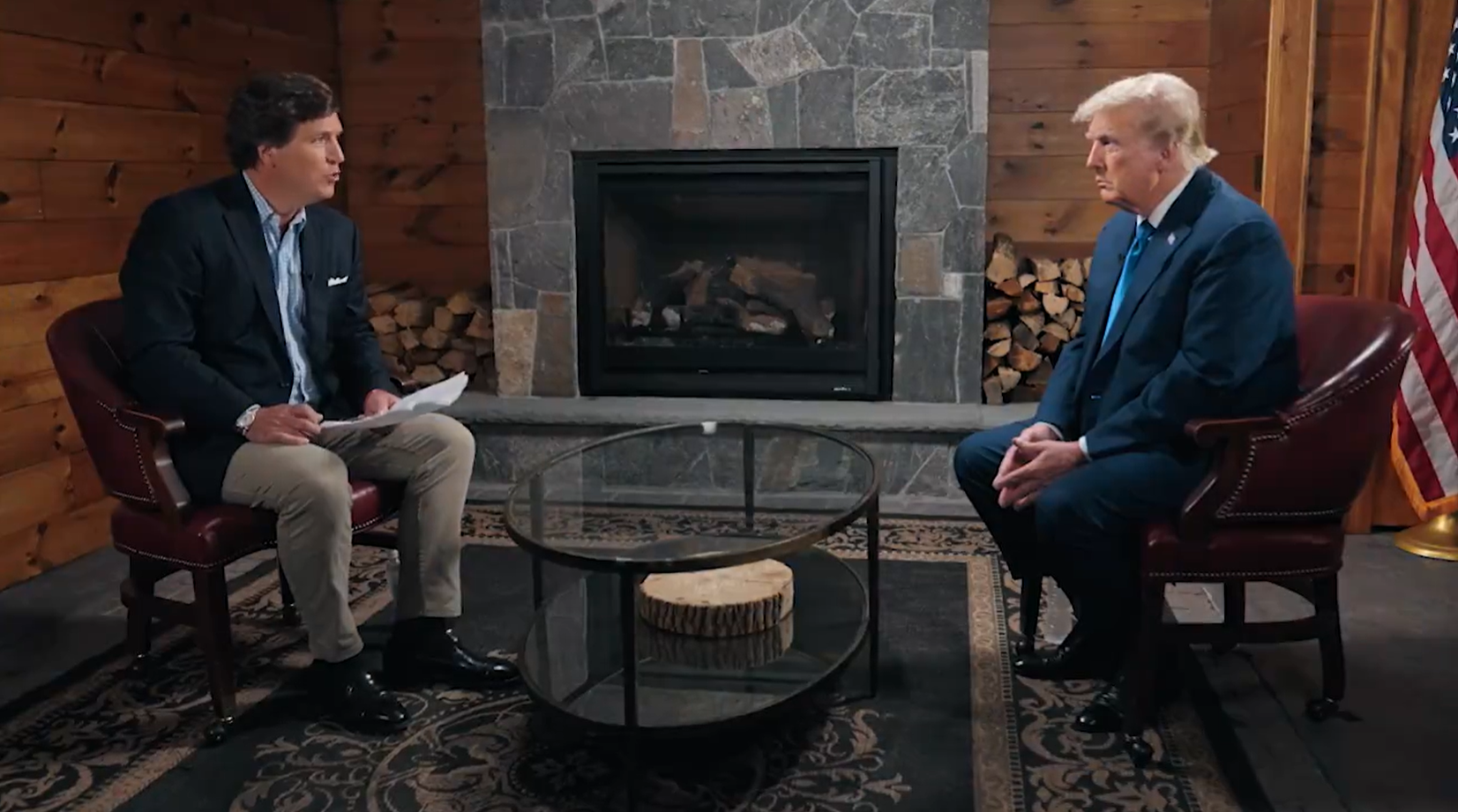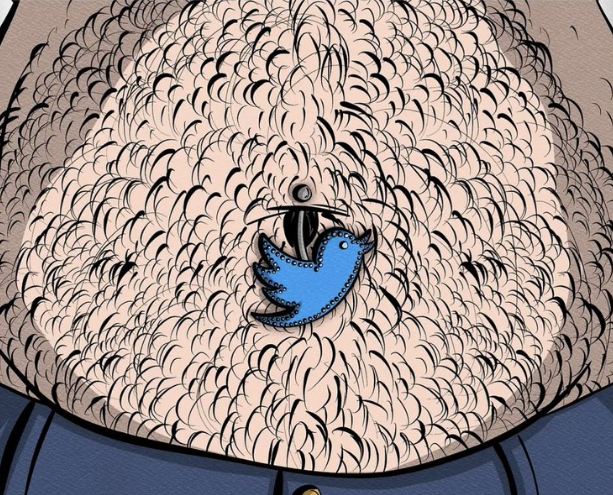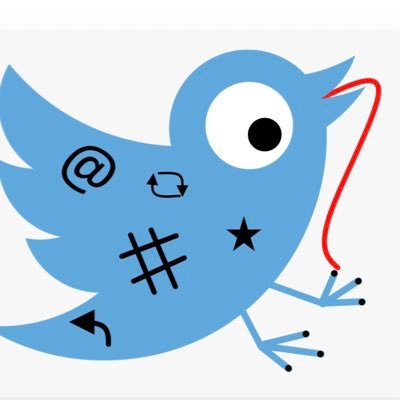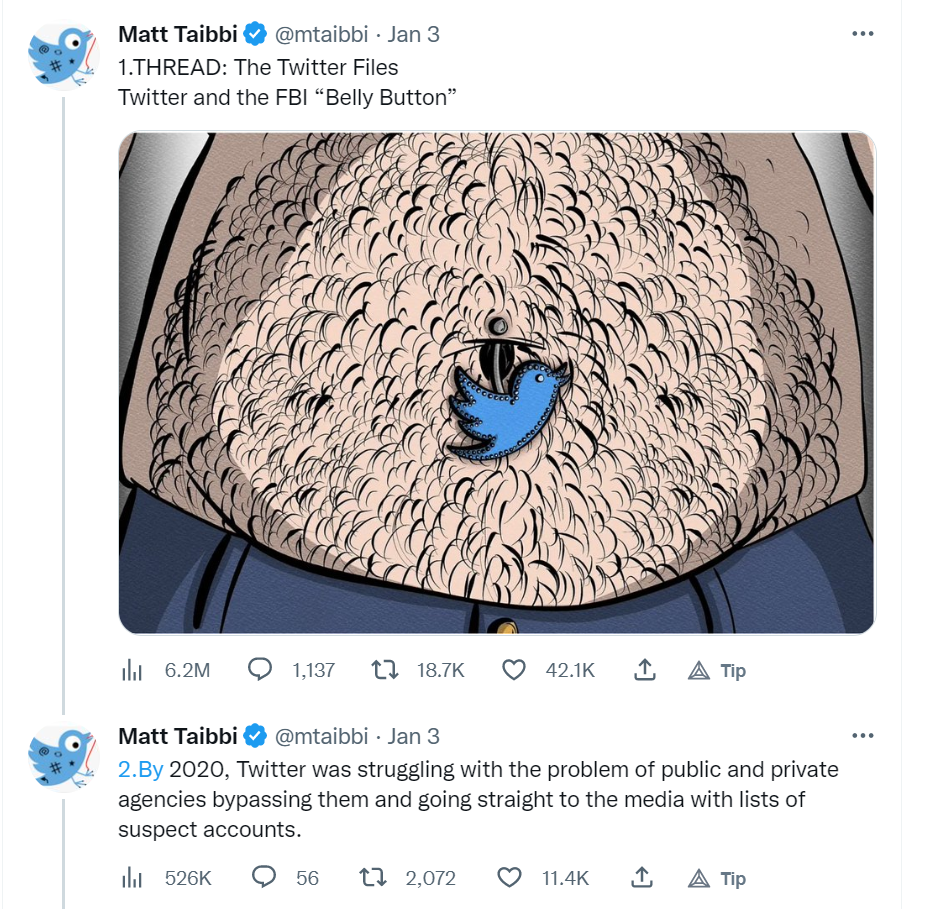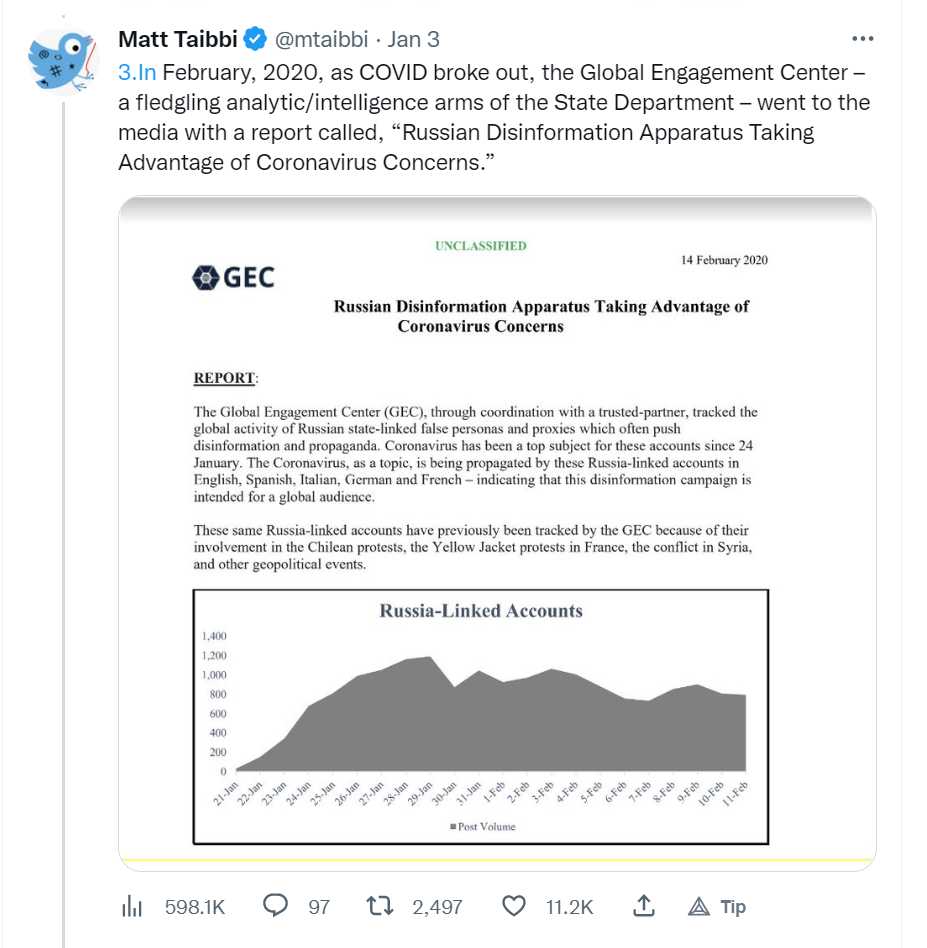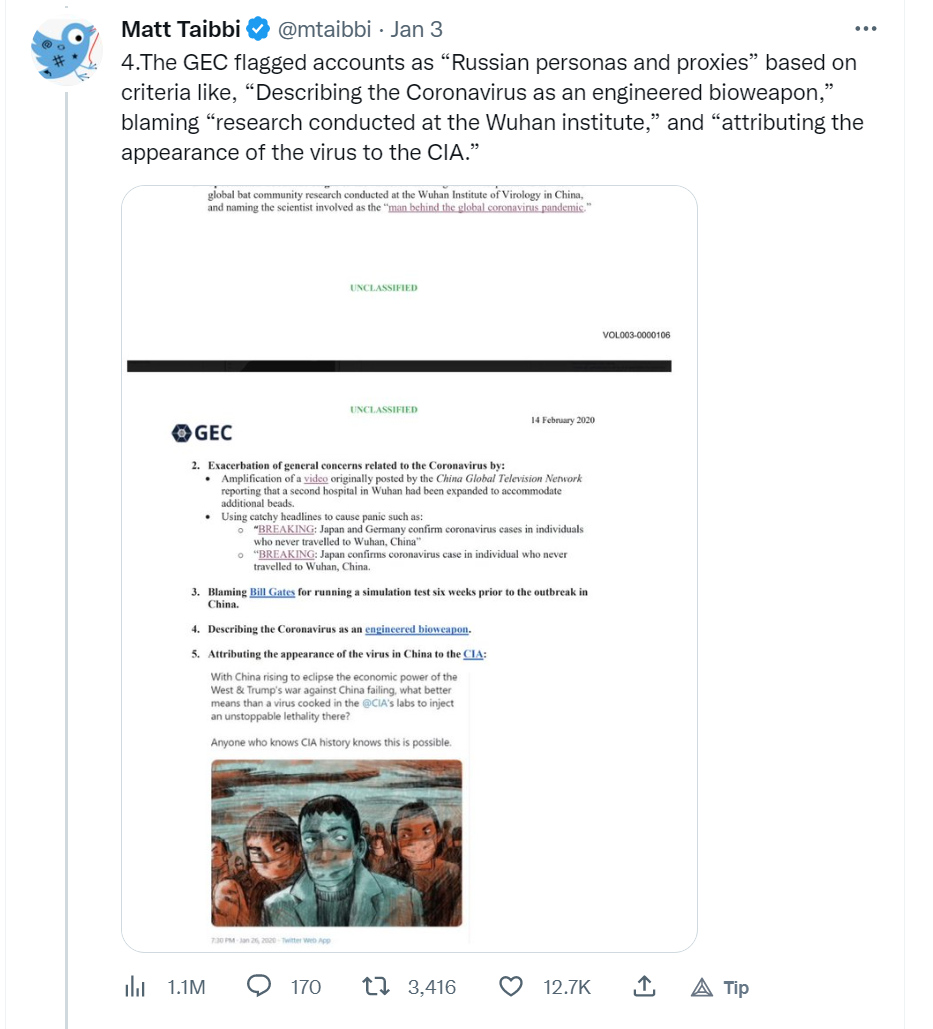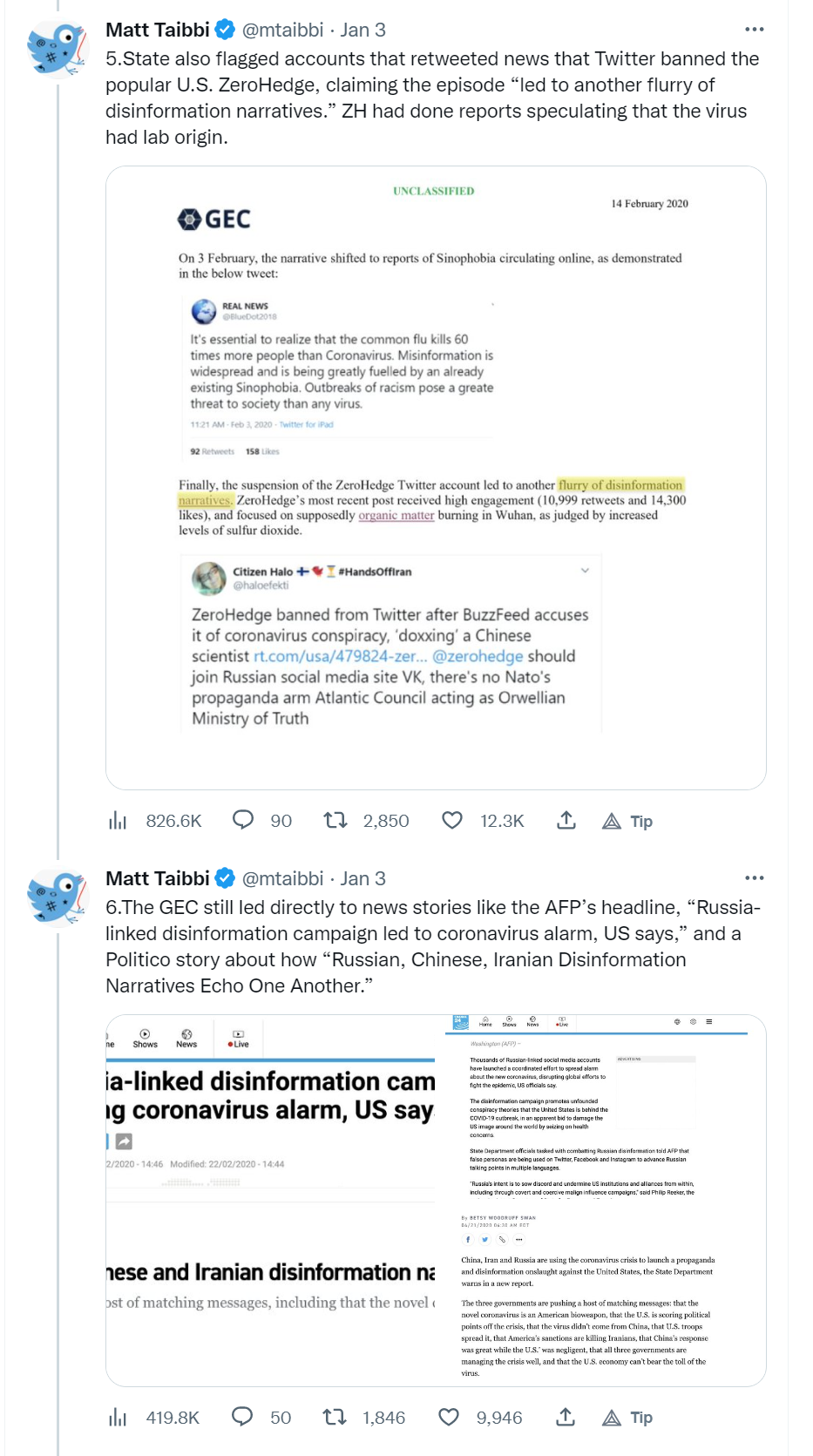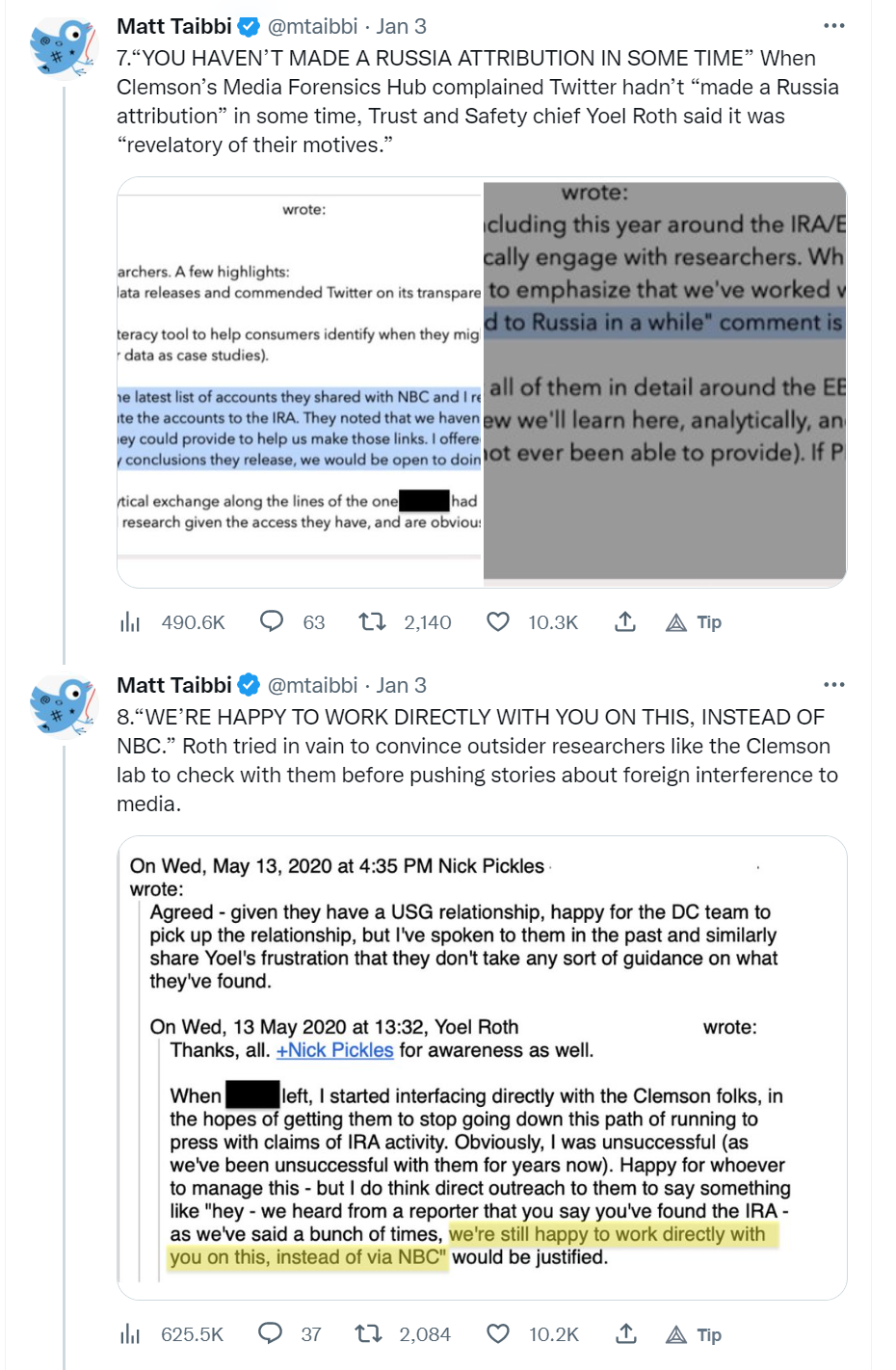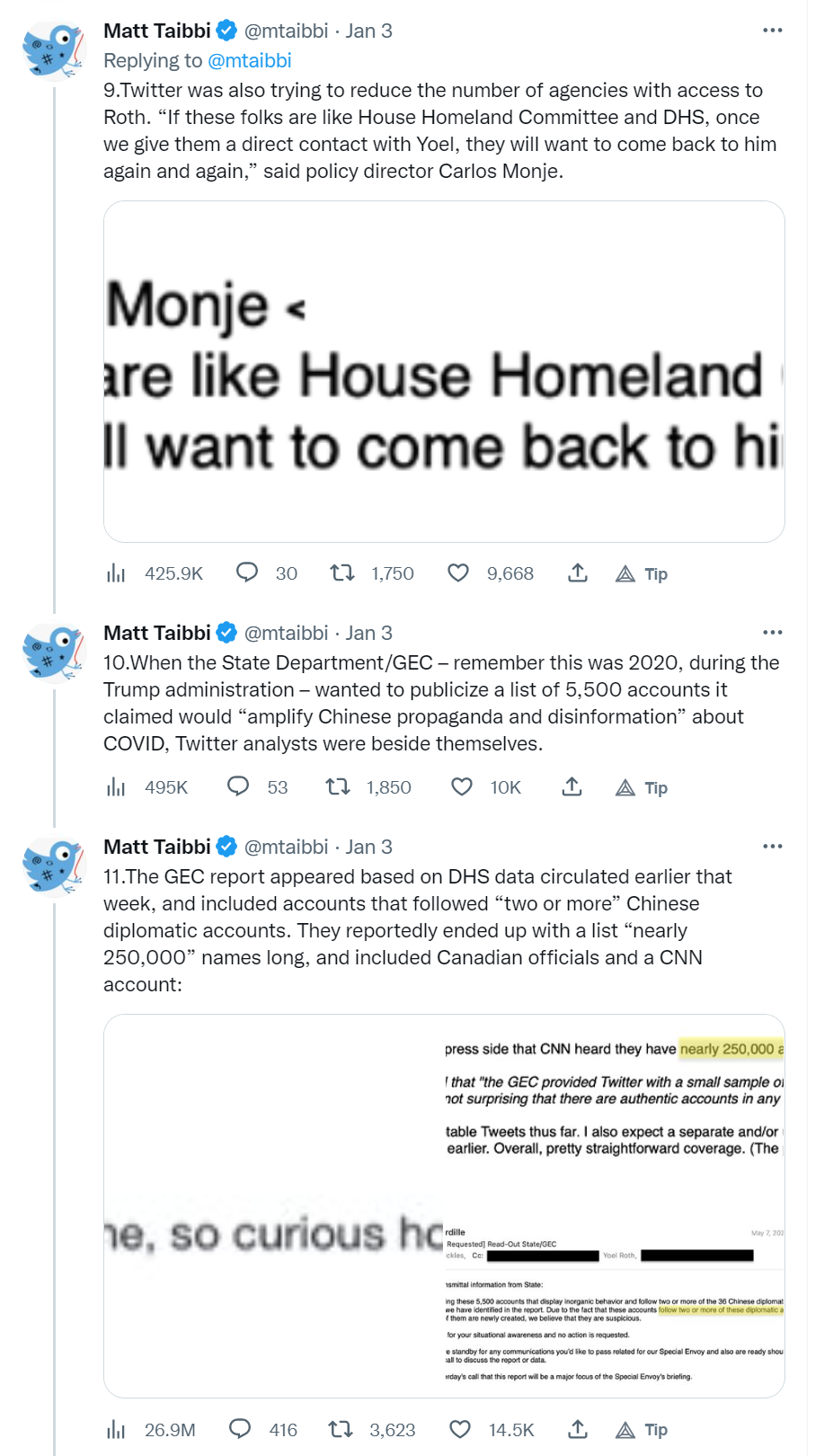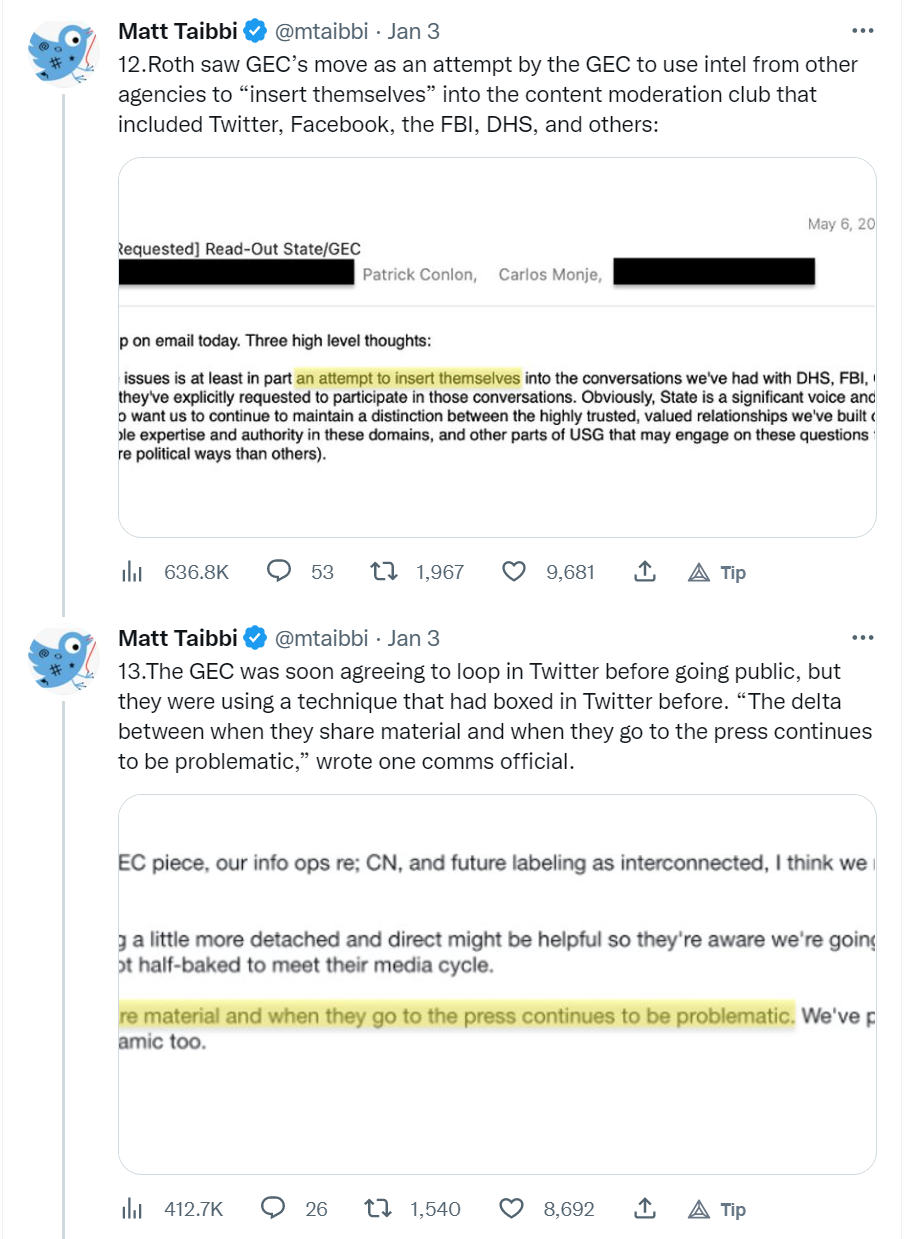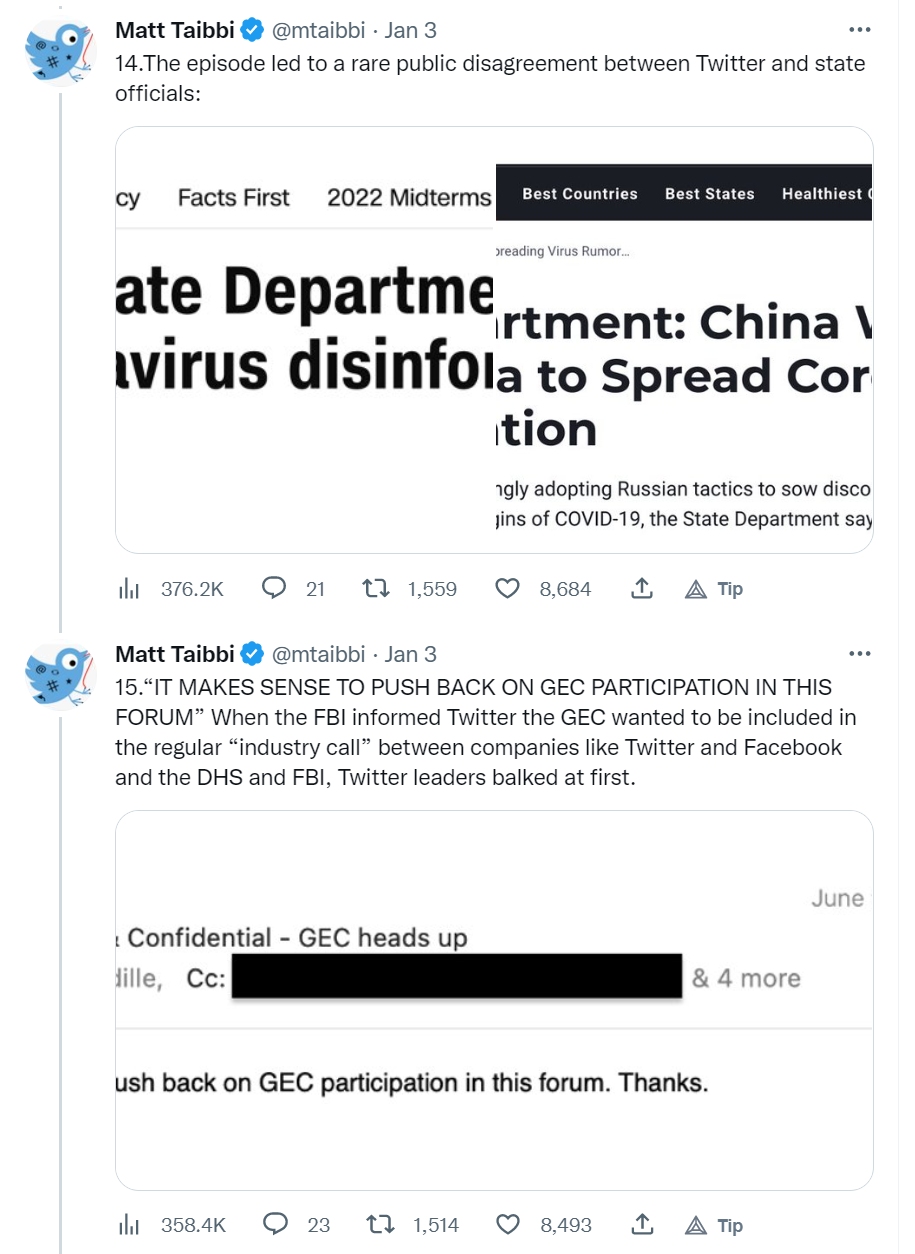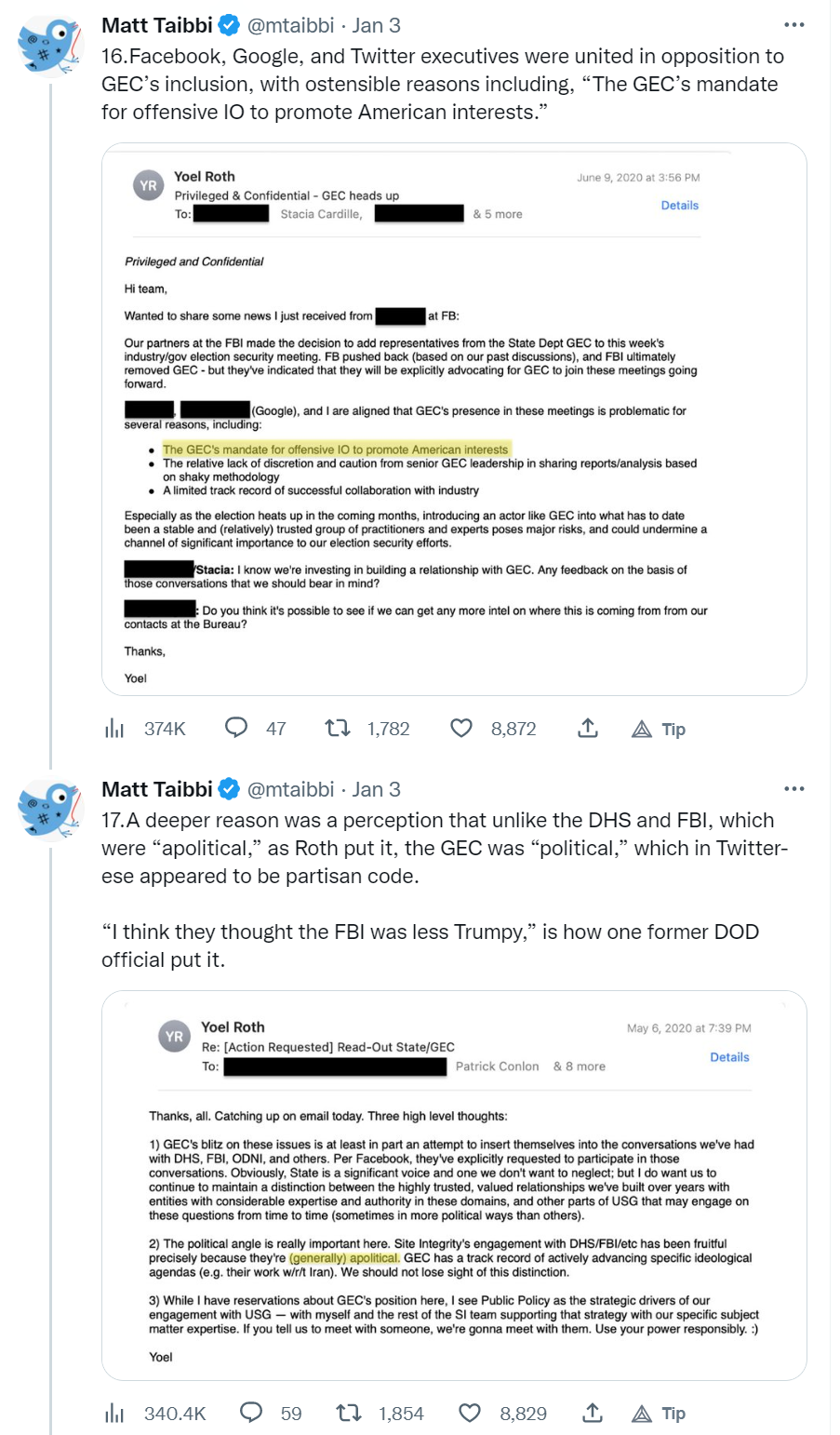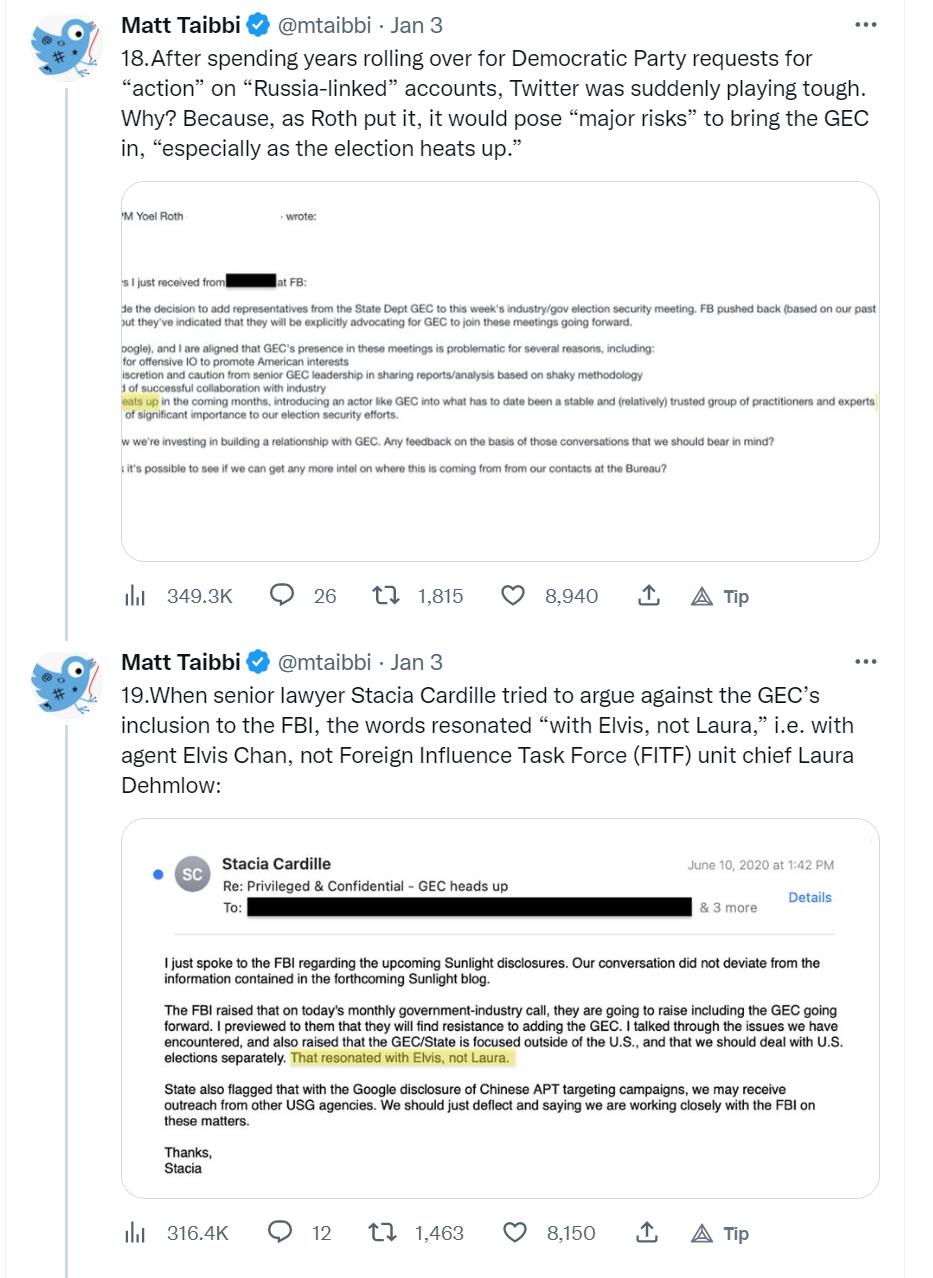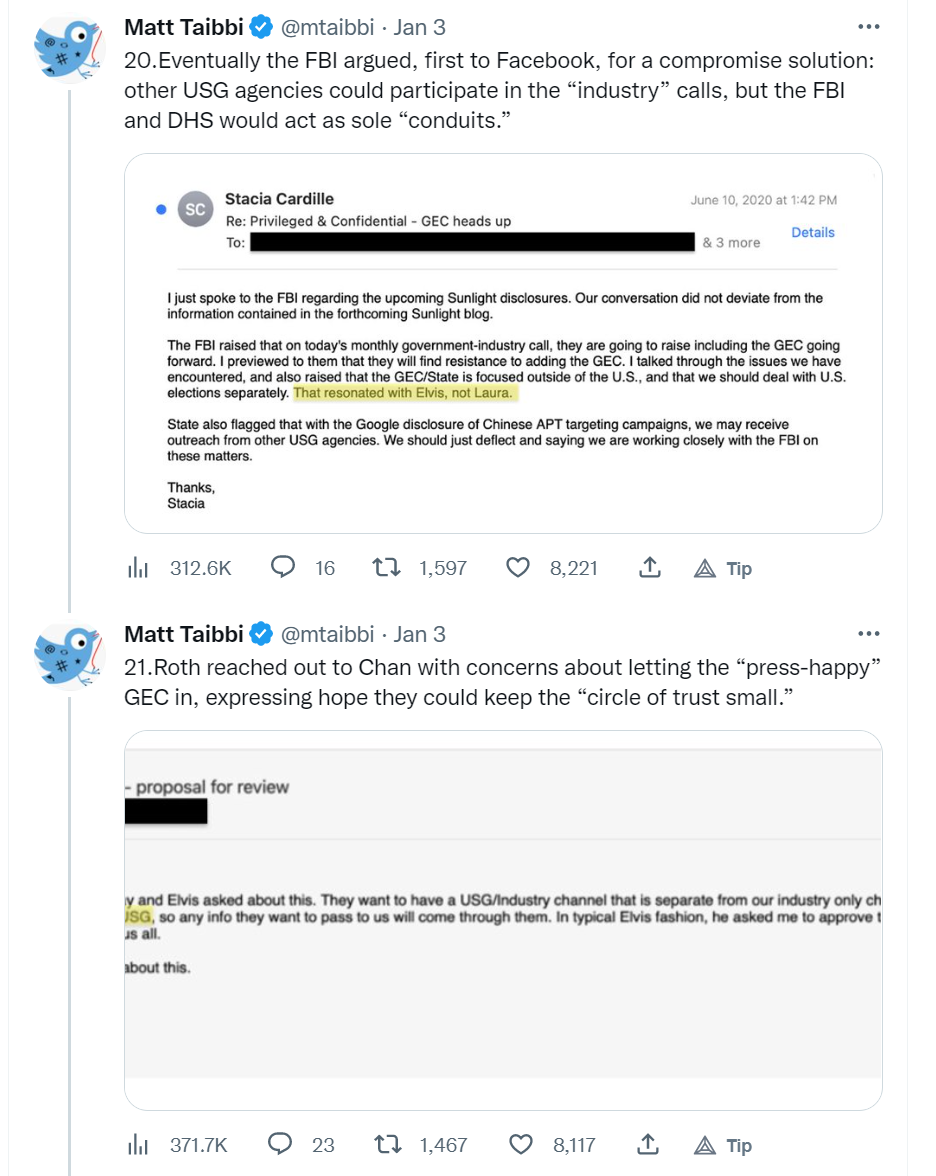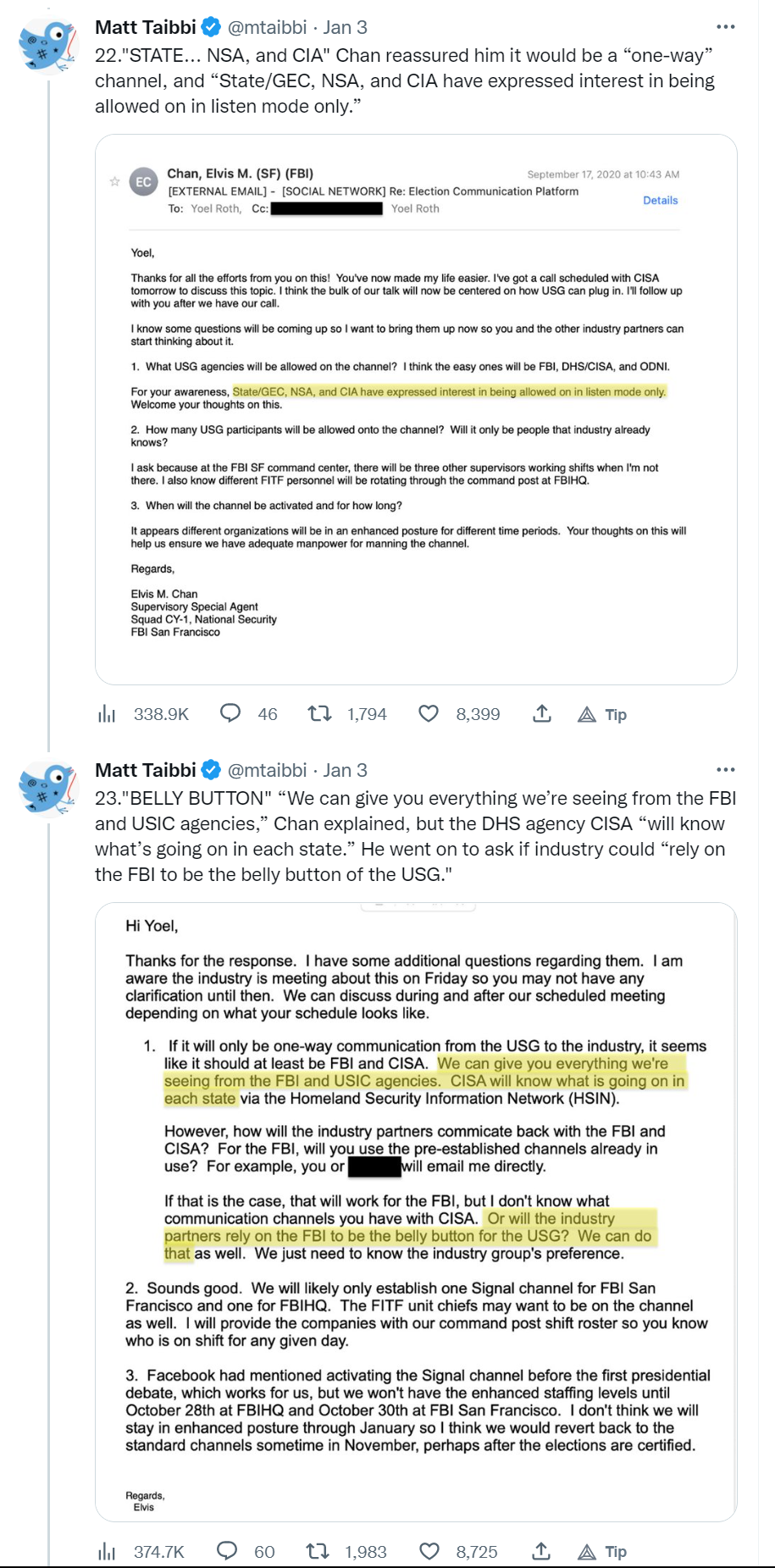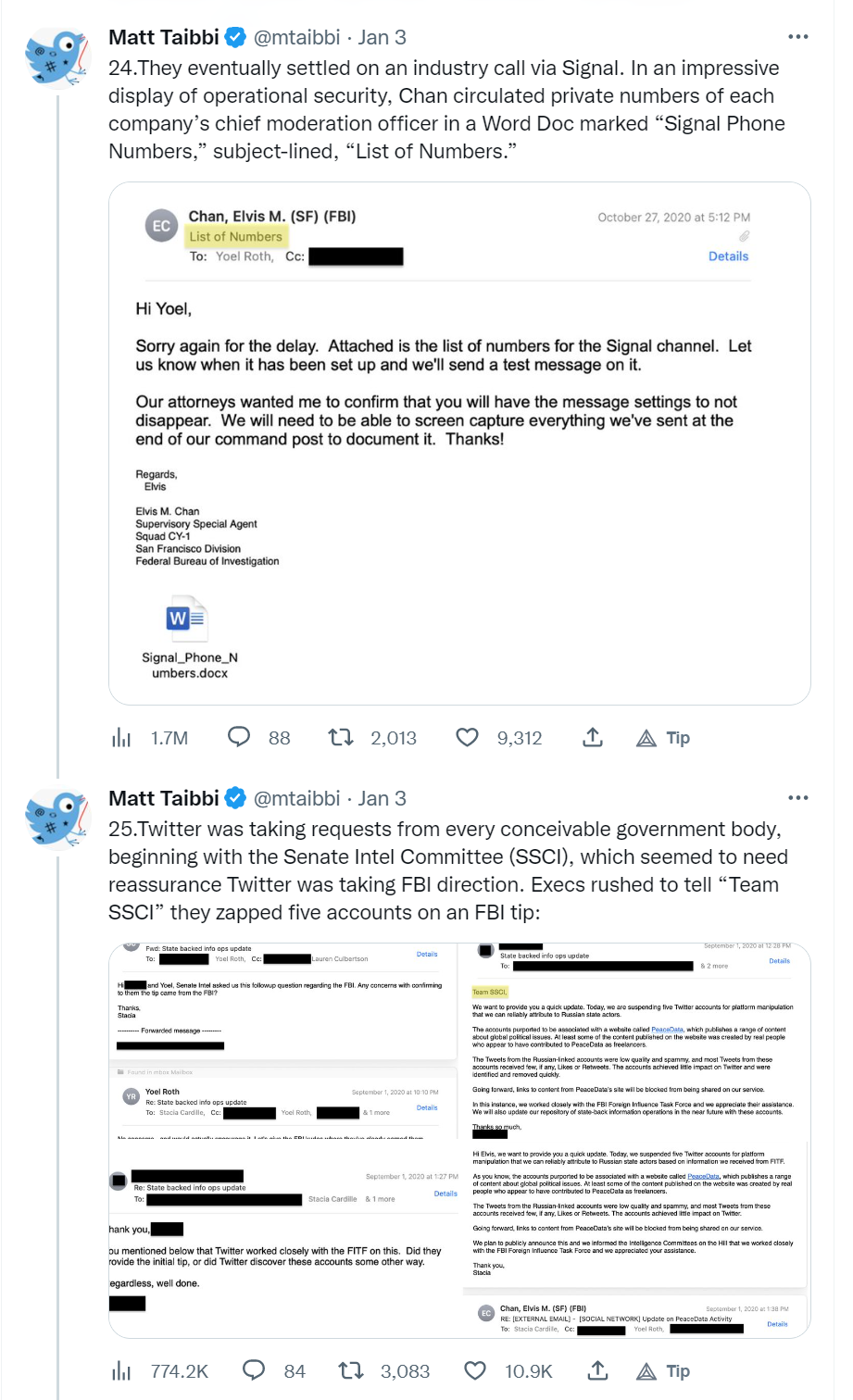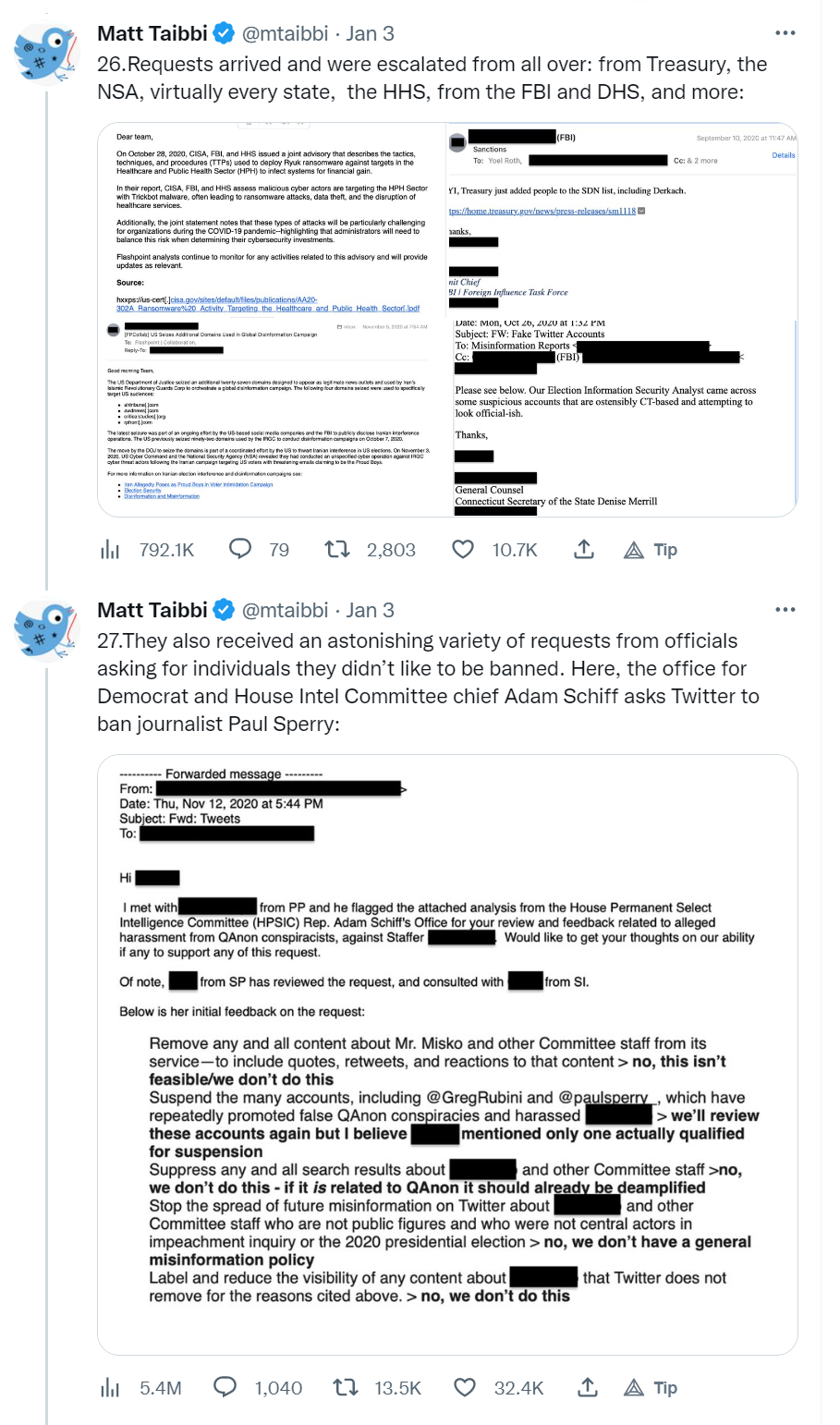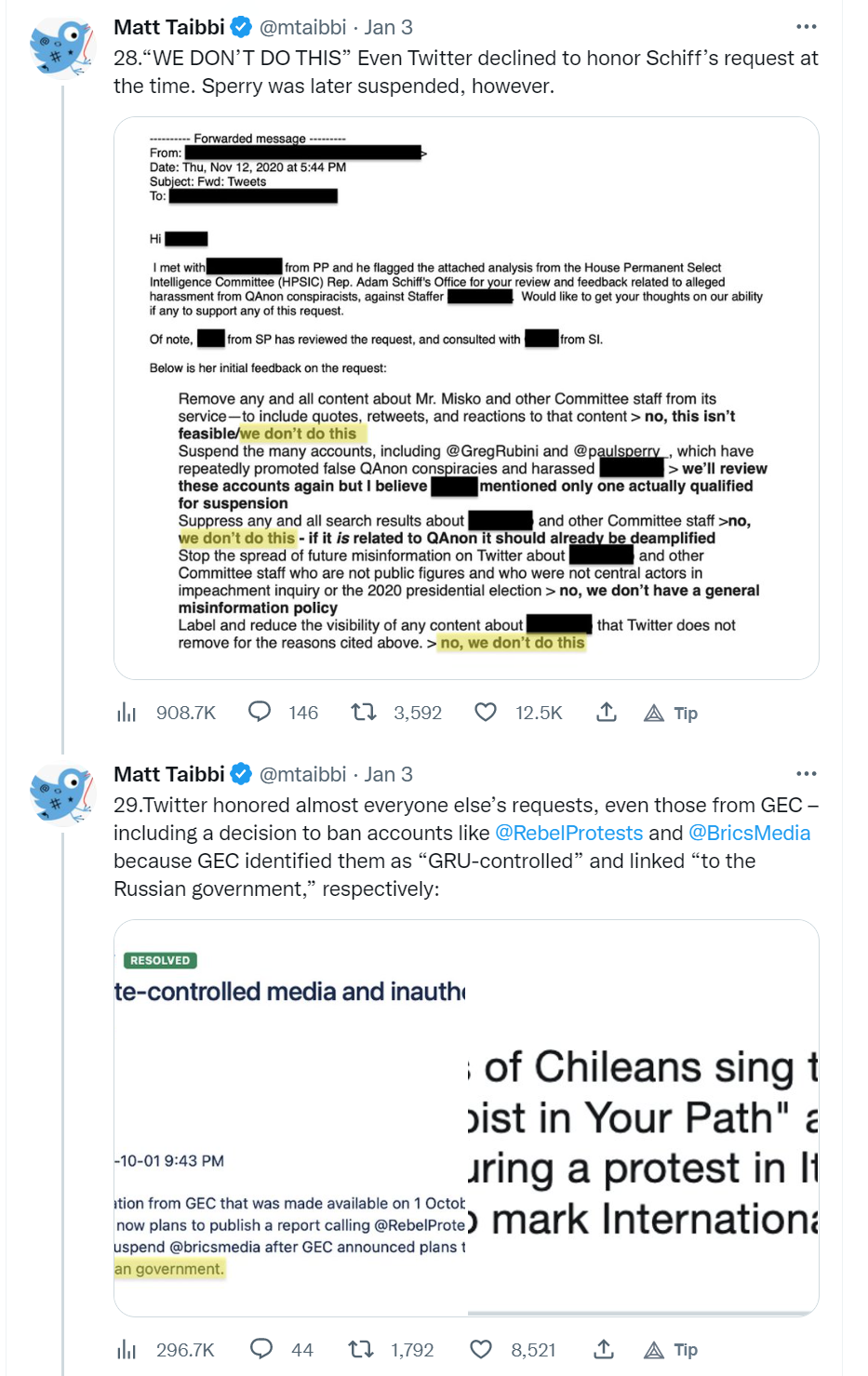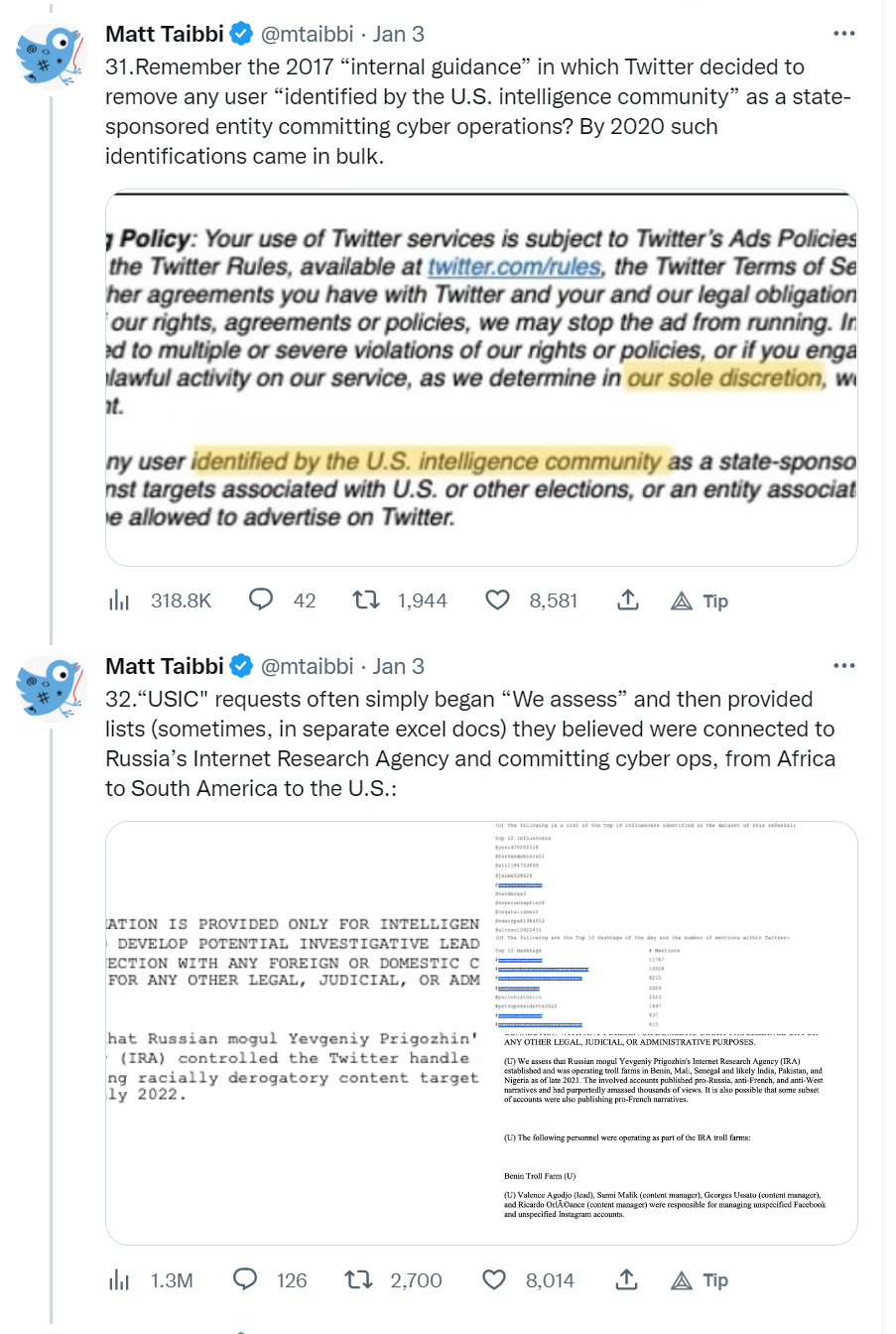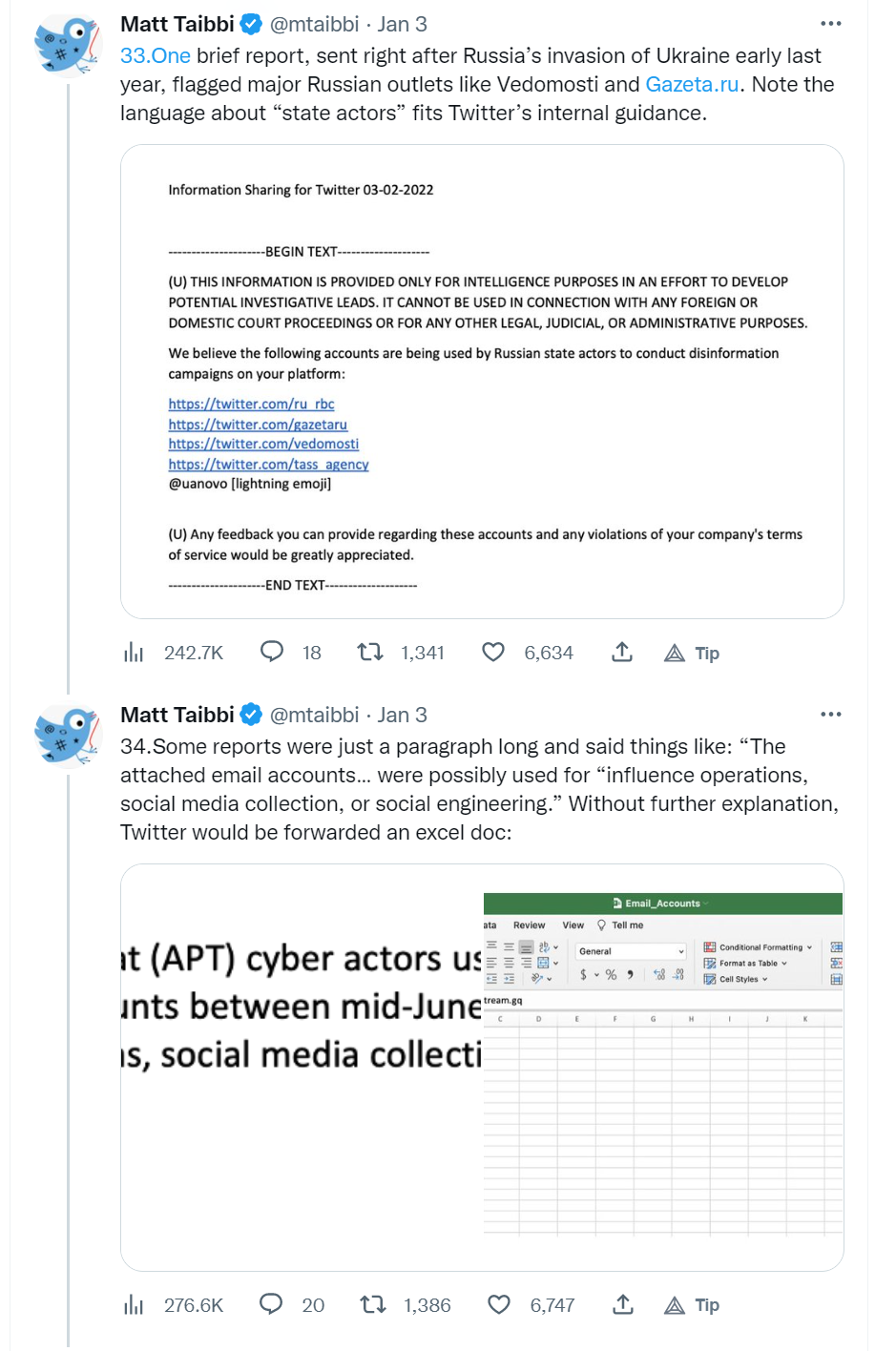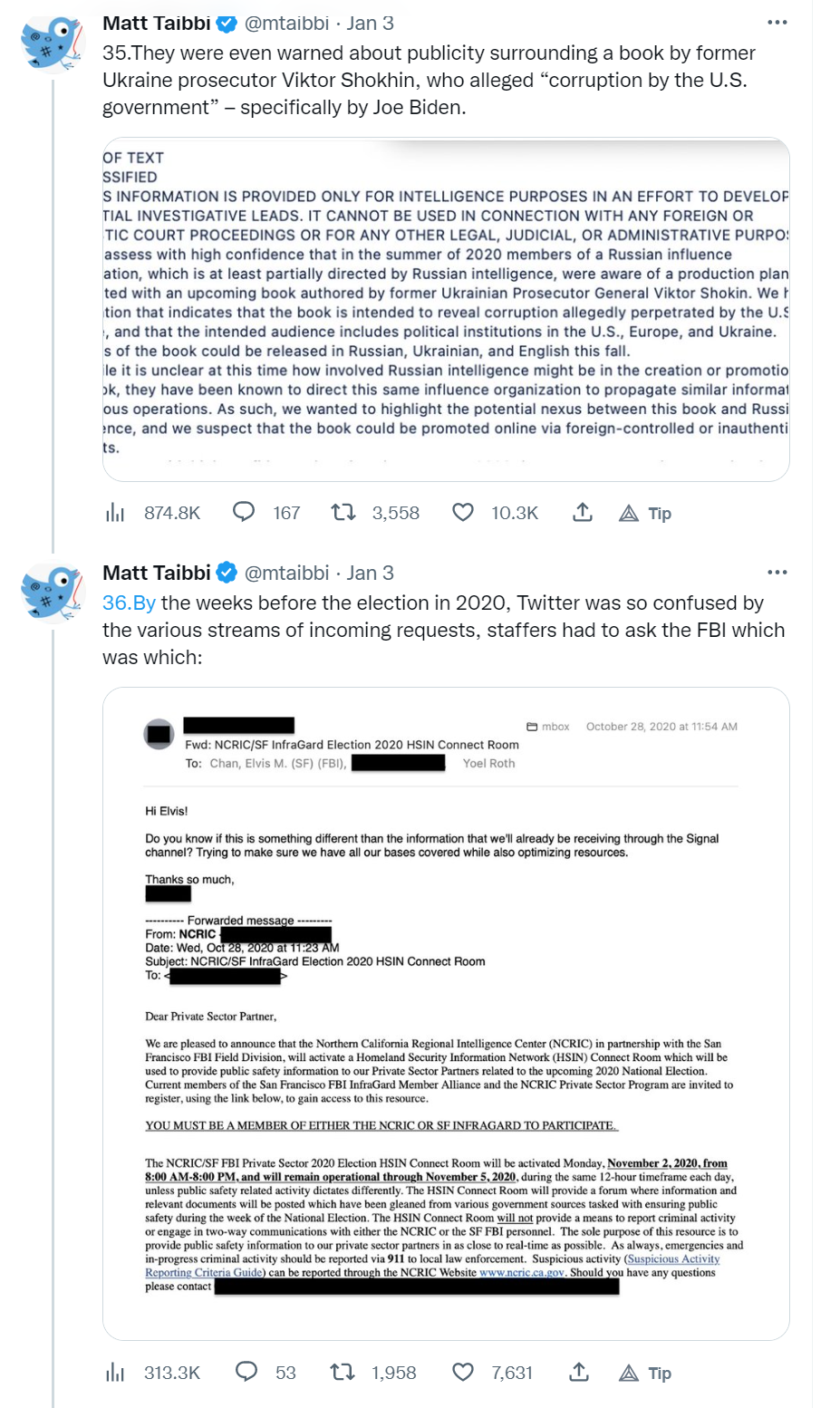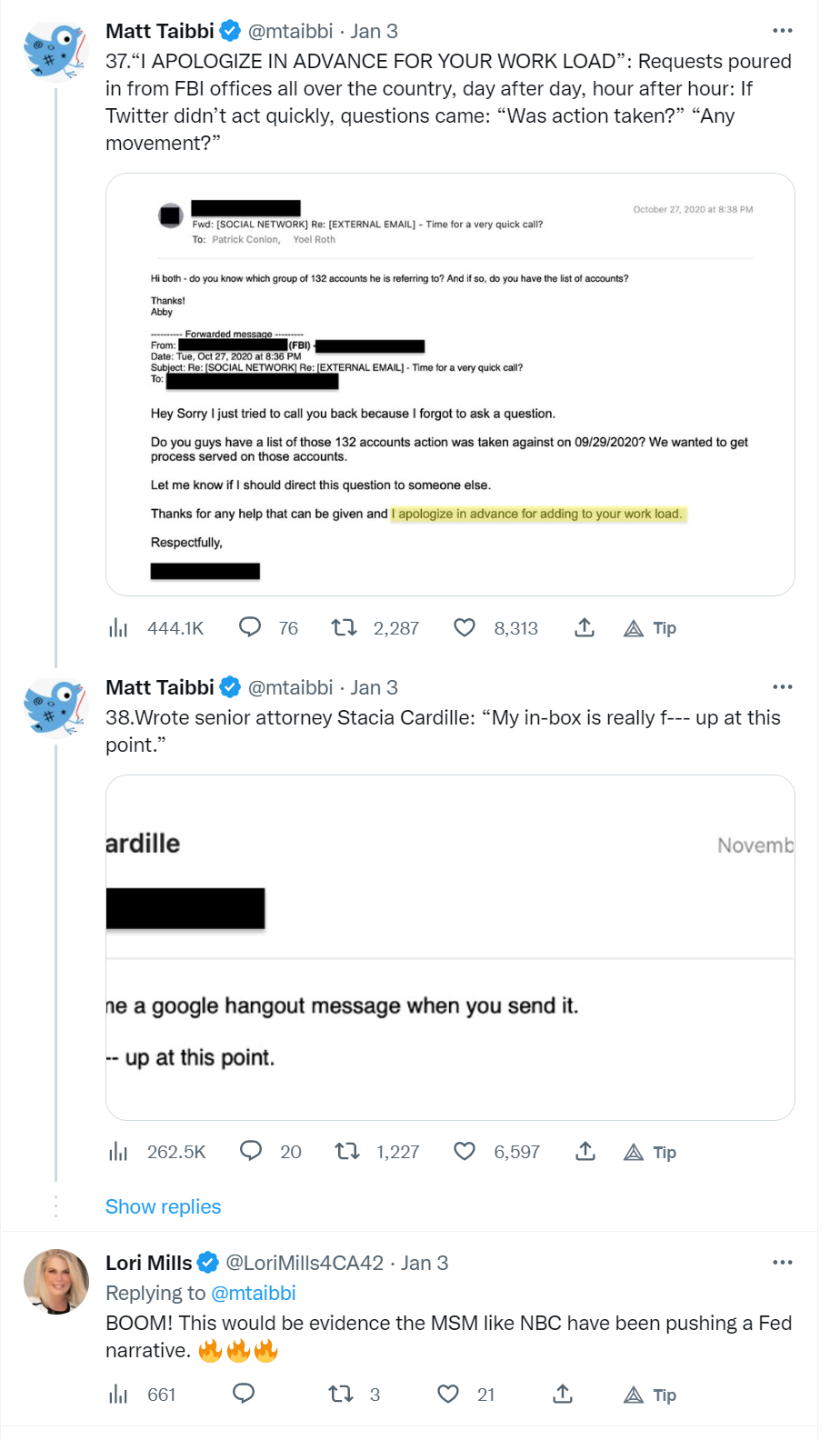Ep. 19 Debate Night with Donald J Trump - 08-23-2023
Mr. President, thanks for joining us. Thank you. Why aren't you at the Fox News debate tonight in Milwaukee? Well, you know, a lot of people have been asking me that and many people said you shouldn't do them.
But you see the polls have come out and I'm leading by 50 and 60 points and you know, some of them are at one and zero and two who. And I'm saying, do I sit there for an hour or 2 hours, whatever it's going to be, and get harassed by people that shouldn't even be running for president? Should I be doing that? And a network that isn't particularly friendly to me, frankly. They were back in Rhonda sanctimonious like crazy and now they've given up on him.
I mean, it's a lost cause. It reminded me very much of 2016. In 2016 I went through the same stuff and had to fight them all the way and then they became very friendly after I won, or just about when I was winning, but I just felt it would be more appropriate not to do the debate. I don't think it's right to do it if you're leading by 50, 60. I have one problem leading by 70 points and I'm saying why am I doing it?
And I'm going to have eight people, ten people, whoever made the debate. I don't know how many it is, but I'm going to have all these people screaming at me, shouting questions at me, all of which I love answering, I love doing, but it doesn't make sense to do them. So I've taken a pass, as you probably noticed. I'm grateful that you did. It's interesting though, because you spent a lot of your career in television.
You had a top show in television on NBC, but you don't feel the need now running for president to do television, obviously. Do you think television is declining? Well, according to a poll that I guess we just saw, it just came out where it's down like 30, 35%. But I think they were talking referring to cable. I think cable is down because it's lost credibility.
MSNBC or as they say, Ms DNC is so bad, it's so wrong what they write and what they do and what they say. It's fake news, as I said. I think I came up with that term, I hope I did because it's a good one. It's not tough enough anymore. It's corrupt know, really what you do is call corrupt news, but somehow that doesn't play as nicely.
But it is corrupt news. So you have MSNBC and you have CNN, who's absolutely doing no ratings at all. I mean they're dead, but they're doing none because they don't have credibility. They really don't have credibility. Fox is way down, as you know, and the good old days are long ago.
I will say this, it could come back, but they just don't have a lot of credibility, Tucker. You know that perhaps better than anybody. I think it was a terrible move getting rid of you. You were number one on television and all of a sudden we're doing this interview but we'll get bigger ratings using this crazy forum that you're using than probably the debate or competition. When you say there are people on stage who shouldn't be running for president, who do you mean?
Well, I don't want to really use names, but it wouldn't matter too much. A guy like I call him Ada Hutchinson. It's ASA, but I call him Ada. Why do you call him Ada? You know, I could tell you, but I don't want to get myself in a little trouble.
But he's weak and pathetic and I never understood the guy, never knew him. He was the governor of Arkansas. Not a very popular guy. I don't know how that state is such a great state. The people are so incredible in that state and they love me, and I love them.
How does this guy get elected governor of Arkansas? But he's nasty always and has been a guy like Chris Christie. The guy left with a 8% think of it 8% approval rating in New Jersey. Now he's running for president and he runs solely on the basis of let's Get Trump. He's like a savage maniac.
He's like a lunatic. And that's all he talks about. His poll numbers are very, very low. He's about 2%. What's he like?
You know him well. I've been friendly with him over the years, but I couldn't give him a job because I just never trusted him very much. I was just never one of his people that really trusted him. I never gave him the job. And that's one of the reasons he feels so hurt and so betrayed.
And I understand that. I really do. I understand it. But I never gave him he wanted to be different things. He was looking at different elements of the administration and we decided I decided just I didn't want to do it.
And now I'm glad I did because, you see but we had some great people. I had great people. We'll have even better people if we do this because now I know Washington. Before I didn't know Washington, but guys like Bill Barr were terrible. I mean, they were I would say Bushies.
I say that with respect to the Bush family, but they were Bushies. And it doesn't work out for us. It was clear. This is kind of far afield, but it was just interesting. I read Barr's account of his time.
He wrote a book about it, his autobiography, and in it he lies about Jeffrey Epstein's death. Clearly lies. Do you think Epstein killed himself? Sincerely? I don't know.
I will say know he was a fixture in Palm Beach. Yeah, I don't know what Barr said about it either. I have no idea what he said. What did he say he killed himself? Probably.
He said he killed himself and that they were going to do this investigation. They never did the investigation. It's never been public, and they hid it. And why are they doing that? Clearly, Barr knew, but why would Bill Barr be covering up the death of Jeffrey Epstein?
Bill Barr didn't do an investigation on the election fraud either. Okay? He said he did and he pretended he did, but he didn't. McSwain, the US attorney in Pennsylvania, Philadelphia, said Barr just wouldn't let him do it was crazy. Barr became so petrified, so frightened of being impeached.
They were going to impeach him. I don't know if you remember it, it's not a big moment in history, but they said, we're going to impeach. They play a much rougher game. The left, the lunatics, and they were going to impeach Bill Barr and he was petrified. Now, how do you not get impeached?
Don't do any of this stuff. But he didn't do the job there. I don't know what he did with Epstein, but possibly do you think it's possible that Epstein was killed? Oh, sure, it's possible. I mean, I don't really believe I think he probably committed suicide.
He had a life with beautiful homes and beautiful everything, and all of a sudden he's incarcerated and not doing very well. I would say that he did, but there are those people, there are many people. I think you're one of them. Right. But a lot of people think that he was killed.
He knew a lot on a lot of people. He was killed. I think the closer you look I'm not a conspiracy person at all. I believe everything I hear. But, yeah, the closer you look into it I mean, the Attorney General of the United States, your Attorney general clearly lied about the Epstein death.
Yeah. Why? Certainly it wasn't well done. They had no cameras, they had no anything. Everybody was sleeping.
And a case could be made. Look, I'm not going to get involved in it, but I can tell you a case could be made either way, but it certainly wasn't the most well run place. So the reason I'm asking you is I'm looking at the trajectory since 2015 when you got into politics for real and then won. It started with protests against you, massive protests, organized protests by the left, and then it moved to impeachment twice. Right.
And now indictment. I mean, the next stage is violence. Are you worried that they're going to try and kill you? Why wouldn't they try and kill you? Honestly, they're savage animals.
They are people that are sick, really sick. You have great people in the Democrat Party. You have great people that are Democrats. Most of the people in our country are fantastic. And I'm representing everybody.
I'm not just Republicans or conservatives. I represent everybody. I'm the president of everybody. But I've seen what they do. I've seen the lengths that they go to when they make up the Russia, Russia, Russia when that's exposed and they go down and Barr should have gone after them and other people should have gone after and they did very late because the Durham report came out.
It was fairly good. It could have been a lot tougher, I guess, but it was fairly good. But it explained how corrupt it was. I'll tell you who did a great job was the Inspector General Horowitz. He did a phenomenal report.
You didn't have to go to Durham. He did it on comey and on, I guess McCabe and some others and it was a vicious it was basically a true report how bad they are. But these people are sick people. These are people that I think they hate our country. You want to know the truth when you see open borders, when you see these policies that they have and so many other things, it's so sad to see we have a country that's very fragile right now.
I've never seen I will say, look, I ran in 16, which was 15, but I ran in 16 election in 16 and there was tremendous spirit in 20. There was even more spirit. We got many millions of we got millions and millions more votes. It wasn't even a contest. People said, well, what do you think of 20?
I said, we did much better. We did. You got to base it on the number of votes. We got many more votes in 20 than we did in 16. But the election was rigged.
It was a rigged election and with COVID they use COVID to cheat a lot of different things and we have so much on it. It's like so easy. But we had judges that didn't want to look, we had people didn't want to get involved. She's a conspiracy theorist. If you say anything about the election but I have never seen spirit like there is right now even coming down here, just the people on the road that are just absolutely going crazy.
And the reason is I think they like me and I know they love my policies. I hope they like me too. A lot of people say they don't like me, but they like my I think they like me. But I have never seen spirit like it is right now. And the reason is because Crooked Joe Biden is so bad.
He's the worst president in the history of our country. I don't think he's going to make it to the gate, but you never know. But he's a corrupt person. So corrupt that I took the name off know I don't do two people at one time. I took the Crooked Hillary and I made it.
I retired the net. That was a good day for her. I bet she was very happy. And I used it for Joe because it's Crooked Joe, but Joe is really but you don't think he's going to make it to November of 20. Well, I think he's worse mentally than he is physically and physically.
He's not exactly a triathlete or any kind of an athlete. You look at him. He can't walk to the helicopter. He walks he can't lift his feet out of the grass. It's only two inches at the white house, right?
It's not a lot, but you watch him, and it looks like he's walking on toothpicks. And then you see him in the beach where he can't lift a chair. You know those chairs are meant to be light, right? They're like, 2oz lift them up. He can't lift the chair.
He can't walk to the chair. And I don't know what they're doing with the beach. This beach is seeming to play a big role, but they love pictures of him on the beach. I think he looks terrible on the beach. Looks terrible on the beach.
Skinny legs. Well, he can't walk through the sand. Sand is not that easy to walk through, but when he walks through it, he can't walk through the sand. And there's somebody in there that thinks he looks fabulous at the beach. I think he looks horrible at the beach.
Plus, the beach doesn't represent what a president's supposed to be doing. He's supposed to be working. He's supposed to be getting us out of that horrible, horrible war that we're very much involved in with Russia and Ukraine. You could do that. You could do that very easily, I believe you could do that very I don't believe he could do it because he's just incompetent.
But that's a war that should end immediately, not because of one side or the other, because hundreds of thousands of people are being killed. Can you imagine you're in an apartment house, and rockets are going into that building and blowing it up and knocking it down? And why should anybody? Human beings is a human, whether they're Russian or Ukrainian or whatever they are. It's got to be stopped, and it can be stopped very easily.
It would have never started if I were president. It would have never started. So back to biden. I'm interested. So you think he's failing?
He obviously is failing. I think it's clear to everybody. But that would make Kamala Harris the candidate. Well, not really. I mean, I guess they'd have maybe a free for all.
A lot of people say she has to remain, for certain reasons, the candidate. She has to I don't think that's true, actually. I don't think that other people would stand for it. She has some bad moments. Her moments are almost as bad as his.
I think his are worse, actually. Yeah, she seems pretty senile, too. She speaks in rhyme. It's weird. It's weird.
But she has bad moments in rhyme. Well, the way she talks the bus will go here, and then the bus will go there, because that's what buses do. It's weird. The whole thing is weird. This is not a president of the United States future.
And I think they probably have some kind of a primary and other people will get could be. I always got along well with him, believe it or not, but could be him. Could be somebody else. He's got a big load on his shoulders because you look at California, what's happened, but I don't know if the American people really the people that vote for him, I don't even know if they know. You look at so many of the things that are going on and people don't seem to be in the old days, if you had a bad record, it meant a lot.
Today, if you have a bad record, it doesn't really mean know. He looks good. He's a nice looking guy, speaks well, but Biden, every time you watch him talking, it's like he's walking on eggs. You're waiting for him to collapse. And he almost always does.
And I got to know the leaders of all of the countries, essentially, but the big ones and the bigger the tougher, the know, it's like sort of I guess maybe that's the way it's supposed to be. But I got to know President Xi of China and Putin and Kim Jong UN. North Korea did a great job with North Korea, kept us out of a nuclear war. We would have 40,000 dead soldiers right now. They'd drop a nuke right on top of the military base.
But we have 40,000 soldiers over there. And I did great. I got along with them great. That's a positive. The press said he said nice things about Kim Jong UN.
I also said horrible things at the beginning. Horrible enough that he wanted to talk and we talked and we met in Singapore. We met actually twice, and we had unbelievable meetings. I know him very well. We were in great shape with him.
What do you think he and Xi and Putin think of Biden? I think they can't believe it. I think they probably say this is some kind of a know. They had great respect for our country. They respected me.
They had great respect for our country when I was there, every one of them. Look, if you go to North Korea, you take a look at what know. The Olympics was dead. South Korea spent billions on the Olympics. Nobody was going to go.
They didn't want to get blown up. They called me and they said, we are going to let the Olympics proceed. This is North Korea. I said, you should go into the Olympics, put your athletes in. It wasn't know, they were big on athletes know, famine.
But they went in and they actually participated. And within about two days, the entire thing was sold out. And if it wasn't me, that would have never happened. But I got along very well with him and that's a positive thing. He does have massive nuclear power by the way, and if Hillary would have gotten in, or if the Obama thought process continued, it would have been a nuclear war.
Absolutely. With North Korea, he was expecting to go into a war, and it would have been a nuclear war. So do you think the rest of the world looks on at Biden and thinks someone else has got to be running the government? Well, somebody else has to be. I don't think he's capable of doing anything.
Look, when I debated him, I said, how come? And this was in front of probably not a friend of yours, Chris Wallace. He was the moderator, not a friend. I said, Why is it he wants to be Mike, but he doesn't have the talent? It's one of those bitchy little man.
He wanted to be his father, but he didn't have the talent of his father was great. His father little fussy man. His father interviewed me in 60 Minutes. It was actually a ten. Can you believe his father had talent?
At least I may have been the only guy that he gave a good 60 Minutes to. He was rough, really. Father was tough. He was great, though. He was great at what he did.
But Chris Wallace was so upset, he was guarding this guy who wouldn't do a show. By the way, I didn't mind Chris Wallace because he wouldn't do Biden, wouldn't do a show, and it was very obvious. He kept asking him and asking, but he wouldn't do the show. So I figured he's got to like me. But he came from a different planet.
But remember when I asked the question, why is it that the mayor of Moscow's wife is allowed to give you three and a half million dollars? Don't forget, that was brought up now. It's brought up all the time, but that was brought up by me long before anyone ever heard of it. I said, the mayor of Moscow's wife giving you three and a half million dollars. What did you do to deserve three and a half million dollars to Biden?
And Chris Wallace said, this has nothing to do with the debate. He got in the way of the question. No. Well, it was crazy. And I said, well, wait a minute.
He got three and a half million from the mayor of Moscow's wife. Now, people forget that, but if you go back and take a look, you will see. And Chris Wallace didn't want me to ask that question. I said, I think it's a very appropriate question. It turned out to be much more appropriate than people thought.
Amazing. So do you have a preference in assuming you're the Republican nominee and all goes as you plan it to go? Do you have a preference in who you run against? In many ways, I'd love to run against him because his record is so bad. It's still horrible when you look at inflation, everything else.
But others also have very bad records. I mean, California is a bad record. So should it be Gavin, or should it be somebody else? When I look at San Francisco, what's happened to that incredible city that was one of the greatest cities in the world just a short while ago, and now it's very sad when you look at it. Los Angeles, every city, practically all the Democrat run cities, you know, Republican run cities are doing very nicely because they arrest people when you have crimes, and they don't go after political candidates because they think it's know.
I mean, it's been amazing. My poll numbers are the highest they've ever, but because people understand can I ask you that gets back to my original question. So if the protest didn't work, you got elected anyway. Impeachment didn't work twice. Obviously, indictment is not working.
Your poll numbers go up. When they raided Mar a Lago in August of last year, your numbers went up. They can indict you 20 times, and you're not going to lose the Republican primary because of that. Well, it makes it look even more ridiculous. I mean, the four indictments, and maybe there'll be more.
I don't know. These people are crazy, but they're counterproductive. So if you chart it out, it's an escalation is what I'm saying. So what's next? After try to put you in prison for the rest of your life?
That's not working. So don't they have to kill you now? I think the people of our country don't get enough credit for how smart they are, and I'm not sure I would have said this ten years ago, but they get it. They really get it. When somebody gets indicted, your poll numbers go down.
When somebody gets indicted, you announce, ladies and gentlemen, I'll be leaving to spend time with my family and to fight for the rest of my life on this stuff. But you're out of politics. I got indicted four times. All trivia nonsense. Bullshit.
It's all bullshit. It's horrible. When you look and you look at what they're doing, the boxes, hoax, I'm covered by the Presidential Records Act. I'm allowed to do exactly that. He's not covered, and he's got 25 times the number of boxes, and he's got them stored in Chinatown.
He's got him stored in a Flimsy garage underneath his Corvette at Penn. And by the way, at Penn, he gets millions of dollars. China pays this guy millions of dollars. See, I think he's the most corrupt president we've ever had, and he also has the distinction of being the most incompetent. And I believe both I mean, he's both incompetent and corrupt.
I actually believe he's compromised because China knows so much about him. They know where the money comes from. They know where it is, who paid it, and they probably paid it well, they do pay penn, and he gets a million dollars. I think he takes $999,000 because it keeps it a little bit under a million like, by a dollar. But he, in many ways, is a Manchurian candidate.
We have a Manchurian candidate. And he's afraid to tell Russia to get out of Cuba. He's afraid to tell China to get out of Cuba. China now is building. Think of this.
China's building military installations in Cuba. The Cuban population of Miami is not too happy because they're never going to be able to go back. And you don't even hear about it. And the worst culprit is the press, the media. Because normally when I first heard that that China is building installations in Cuba and installations means military, you know, they said, just some communication.
They did that on the islands with Japan. They took the island, they started this massive construction. And they told everybody, including the Japanese. The Japanese have to be very careful. They told everybody that this is a housing development.
They got to build a housing development. And I said, how come the runway is 20,000ft long? Private jets need 4000ft. They don't need 20,000ft. The big ones need 20,000ft.
They don't even need 20. And I looked at the runway, I said, that's the largest runway ever built, both in width and length for housing development. There's nobody that has a plane that big that you would have a runway. That's why allowed to conduct imperialism in our hemisphere. Well, yeah.
And it's far beyond Cuba. It's all over South America. Yeah, in the Caribbean. So we built a thing called the Panama Canal. We lost 35,000 people to the mosquito.
Malaria. We lost 35,000 people building. We lost 35,000 people because of the mosquito. Vicious. They had to build under nets.
It was one of the true great wonders of the world. As he said. One of the nine wonders of the world. No, it was one of the seven. This happened a little while ago, you know, says nine wonders of the world.
You could make nine wonders. He would have been better off if he stuck with the nine and just said, yeah, I think it's nine. But this is one of the true seven wonders of the world. And you take a look at the Panama Canal. It was such an incredible engineering marvel.
We sold it under Jimmy Carter. We sold it to Panama for $1. The following day, they quadrupled the amount of money that ships had to pay to get across. They didn't lose one ship. And now they've made it much bigger.
And now they've widened it. They've doubled it, right? They've more than doubled it. And it's one of the most profitable things anytime. It's just incredible.
Right. We gave it away for $1. China now controls it. They actually control the Panama Canal. They run it.
They control it. And we shouldn't let that happen. And we can't let China be in Cuba. And they'll get out. If I'm president, they'll get out.
Because I had a very good relationship with President Xi, but he respected this country. He respected me and he'll get out. And we can't let them run the Panama Canal. We built the Panama Canal should have never been given to Panama. We should have had it, but we gave it for $1.
Think of it, they quadrupled in one day. They lifted the fees, which know, pretty big for these massive ships to go through, right? Rather than going around the Cape and all the tremendous storms. Such beauty, such know, when you it's beautiful stuff, but you didn't want to get caught in those storms. Those were storms that wiped out the biggest ships.
And we go through the Panama Canal. We built it and we gave it away for $1. Think of that. How stupid are we? We have done the stupidest things in this country and now we have a president that can't put two sentences together, can't speak, can't walk, can't talk.
I don't think he gets to the starting gate. But these people do miracles. I mean, he ran out of his basement and you got away with that one because of COVID So he sort of got away with it. They cheated on the election. But you have people that are very smart, but they're fascists and they're radical left lunatics, and they're destroying our country with the all electric cars and the windmills all over the place, which, by the way, don't work.
And they're all most of made in China, for the most part. They're made in China. Germany a little bit, but China. But you look at what's happening to our country. Even no voter ID.
I mean, why don't they want voter ID? There's only one reason they don't want voter ID. Because they want to cheat. Who doesn't want, you know, the Democrat Convention, the last one, they had voter ID that was this big. It looked like a prison card, this big on their chest.
You walked in, they had your picture, your this, your fingerprint. They owed everything. The most incredible voter ID I've ever seen. That was to get into the Democrat National Convention, but to get into vote. If you buy groceries, if you buy practically anything now, you have ID on a card, credit cards or otherwise.
But don't you think it's racist to have to show your ID? Well, they probably say that they use anything not to show ID, because voter ID is pretty simple. And we could go back and we should go back to all paper ballots. Voter ID. Same day voting.
You know, France did it. France had mail in ballots and it was terrible. Anytime you have mail in ballots, you're going to have massive cheating on your elections. Anytime. Not just the presidential election.
Anytime you have isn't that the whole point of oh, yeah, sure, it's the whole point. That's their whole point. They want to cheat. Yeah, they have to cheat because their policies are so bad that if they didn't cheat, they couldn't get elected. Who.
Wants open borders, who wants high taxes, who wants high interest rates, who wants to not be able to use a gas stove or have to drive an electric car, which you have a four hour drive, but the car only goes an hour and a half. You have to charge it. The happiest moment for somebody in an electric car is the first ten minutes. In other words, you get it charged. And now for ten minutes, the unhappiest part is the next hour, because you're petrified that you're not going to be fined to another charger.
I'm not knocking electric cars. They're fine. They're fine. But if people want to buy a gasoline car or hybrid hybrids are pretty good, actually, but they should be allowed to buy. They don't want to do any of this.
So right now, California is in a big brownout because their grid is a disaster. The grid all over the country is sort of a disaster, but the grid in California and yet they want to have, in a very short period of time, millions and millions of cars going off that grid. Essentially, it doesn't work. So plug your car into a grid that's fake. You should be able to buy an electric car.
Electric cars could be fine. If you drive short distances and you want to have whatever and you have plugins everywhere you go, they could be fine. But you got to have gasoline cars. You got to have everything. Let people buy everything.
Now, the new thing is your heating systems in the house, they don't want you to have a modern day heating system. They want you to use a heating system that will cost you at least $10,000 to buy and won't work very well. None of the stuff works as well. One of the things I did with EPA is you have states, many states, most of the states have so much water it comes out of heaven, right? The water pours down and you have it.
It's there. It's got to go wherever it goes, into the oceans, whatever. It's not like a big problem. Now, in some states, they have a problem. You have some desert areas and all, and for that it's okay.
But they have sinks where no water comes out. You turn it on, no water comes out. No water comes out of the shower. No water is allowed to go into the washing machine for your dishes or for your clothing. And I avoided all of that.
Wait, they have sinks where no water comes out. You have restrictors when I say no water, very little water. You want to wash your hands, right? Yeah. And you've seen this, and you turn on the sink and it's very little.
Or do you want to wash your beautiful hair, right? And you're standing under a shower. Then the suds never go. The water comes out very slowly. I'm sure you've seen this.
It usually takes place in new hotels. And new homes. Yeah, you take a drill and take the well, you can, but now they make it, so you can't do that. So is league. They have a restrictor.
It's called a restrictor, and it restricts the water from coming out. So I ended all of that. And you have to see these. They let the water come out. You know what people do?
They wash their hands like five times longer or in the washing machine, they'll press for their, let's say the dishwasher. They'll press it, then they'll press it about seven or eight times. They'll end up using more water, and it still won't be very good. I met with the head of Whirlpool. They were practically going out of business during my administration, and they said to me from Ohio, credible, great state, I love Ohio.
And they were really doing badly because people were dumping washing machines all over, mostly from South Korea, but also from China. And he was explaining it's just a terrible situation. I said, Let me ask you, how's the quality? He says, we're better, but they are good enough quality. But of course he's going to say that, but they are better.
He said, but they don't allow us they're dumping these machines, they're cutting us in half, they're killing us. And on top of it, the government won't let us use water in our machines. I mean, he shows me, like a quarter of a bottle of water that's supposed to be washing clothing, and I freed it all up. And I put tariffs on these countries that were selling and the machines coming into the country, and that company went from all the washing machine companies, they make washing machines, they make dryers, they make all of the different machines that do this kind of work, including dishwashers. And they went from a disaster area to being just thriving.
But can I ask, they love me in that part of Ohio. Well, I bet they do. But why should EPA no one at EPA was elected by anybody. Why do they have the power to decide how much water your washing machine uses? Shouldn't Congress, in a democracy, get to vote on that?
Yeah, you could say that. They do things that are not very that's my you. If you get elected again, go back to Washington. How do you keep the agencies under control? How do you keep FBI and CIA specifically under control?
The way you do it? Like, I fired Comey. That was a big deal. A lot of people said, and I fired them very early. Somebody said, oh, I wish you would have fired them.
There's a real question about firing them anyway, you understand? Because when they have a ten year term, there is a question. I fired Comey. That was a great thing. If I didn't fire Comey, maybe I wouldn't be talking to you, or I'd be talking to you about real estate or something else other than politics, right?
That was a coup. In my opinion. That was a very sick deal. That was the insurance policy. You remember the insurance policy?
Oh, she's going to win, darling. She's going to win. But just in case she doesn't, we have an insurance policy. An insurance policy. She was what they were doing, and we caught them with that.
That was a very important tweet, or whatever it was text. It was a big deal. That was a big deal. The insurance policy, she's going to win 100 million to one. That's not good odds.
At least they gave me one, right? 100 million to one. But just in case she doesn't win, we have an insurance policy. And everybody said, that's strange, that's strange. But we caught all that because I fired, call me.
Because when I fired, call me. It was like throwing a rock into a hornet's nest, into a nest of bees, and the place went crazy. So when you were president, are you confident that you knew everything, say, CIA was doing around? No, I'm not. It's a very interesting group of people.
I had very good relationships, I thought, but I was a little surprised when I got out. Know, things go on. Look it's, what were you surprised by? I was surprised, I think, at some of the people. I was surprised that I had a group of people we killed, many using the CIA, I have to say this bad, very bad actors.
We were very good at it. You look at Solomoni, you look at Al Baghdadi, bigger than Osama bin Laden. I mean, Osama bin Laden. But Al Baghdadi did. ISIS.
And he was rebuilding ISIS very strongly. And that was the CIA that did that. That was really us that did that. That was really us that did that. And Solomoni was us that did that.
Not so much CIA, but we did some very good work with the CIA. But I started you know, when I looked at the 51 intelligence agents saying that the laptop from hell was Russia disinformation, when I took a look at that, I said, that's a horrible thing. They knew it wasn't. They knew it was not. And by the way, you're talking about cheating on the election.
McLaughlin and Fabrizio, great pollsters, they said a thing like that, plus other things, meant anywhere from ten to 17% of the vote would change. Whatever happened to Mike Pence? You've always been nice to Pence. I've never heard you criticize Pence. You've defended him in public many, many times.
He's out there attacking you. What is that? So Mike wants to run for president. You got to understand, in my opinion, mike Pence had the absolute right to send the votes back to the legislatures, the Democrats. And everybody said, you don't have the right.
In other words, I said, Is he a human conveyor belt? You mean if he finds fraud in Pennsylvania, in Georgia, in any of these states, arizona, he has to send them to Mitch McConnell, right? That's right, sir. Well, if he finds fraud, he has said so. He's just so he's a conveyor belt, boom, put him in.
I said, I don't agree with that. And we had some lawyers not all, we had some lawyers that said, no, you do have the right to send them back to the legislatures to be rechecked. Because if you looked at what went on in Wisconsin, who, by the way, now agree with me, wisconsin has been virtually other than the fact they're not allowed to do anything statutorily, but Wisconsin has mean what they found is incredible. I mean, we won Wisconsin, but Mike Pence had the right, in my opinion, to send the best do you ever talk to him now? No, I haven't spoken to him in a long time.
I was very disappointed in him. I didn't want to do what Thomas Jefferson did. Thomas Jefferson, it was Georgia, and it was here, ye hear, the great state of Georgia is not capable or allowed to tabulate their votes. And Thomas Jefferson, who was the vice president, said, is Georgia sure that they cannot tabulate their votes? Georgia is sure he didn't send it back and have them redo it.
He said, we will keep the votes of the great state of Georgia for Thomas Jefferson and his president. I didn't ask him for that. Could have done that too, but I thought that would bring turmoil. I asked him to send them back to his legislature, to the know in Wisconsin, let's say. But why didn't he?
I mean, you'd worked together for four years, you're the president, he's VP, you say you're aligned on everything. I think he got very bad advice, I really do. Now, let me tell you what happened. I sat there with a few people. I think his lawyer was in the room too.
His lawyer was very much against it. There were other lawyers that felt you could do it. It was one of those things. I think you could have done it. I think you can always do something if you see fraud or if you see problems.
But it's very interesting. So after the election was over, the Rhinos got together with the Democrats and they redid the election so you couldn't do it anymore. So then I called the people, I said, So in other words, you're saying I was right, you could do it. Yes, you could do it. In other words, they took the Voting act and they redid it so the vice president no longer has the power to do what I said he could do.
So when that happened, I said, wow. And you'd look some of these Democrats in the eye and they'd say, he has absolutely no right to do it. And immediately after the election, they met Rhinos, Kadema Maul and Democrats, and they approved legislation that takes away the right of the vice president to do it. So I said, ah, so you're saying I was right. The vice president did have the right to do it, and they said, yes, he did.
So if you're saying they stole it from you last time, why wouldn't they do the same this time? Oh, well, they'll try. They're going to be trying. Yeah, and not only me. Look, DeSantis is out.
I think he's gone. So he was at a level, people have figured him out, he's gone. But if somebody else got in other than me, they'll go at him just as viciously as they did me. These people are sick. They will go after them.
And a lot of people say they won't be able to hold up. I do get credit for holding up quite well, I must tell you. I think it's how do you do that? How do you get indicted every week and stay cheerful? I think it's a lot easier because I'm so high in the polls, because it means the people get it.
The people see it's a fraud. The people see it like this horrible district attorney from just a little while ago, from essentially Atlanta, that's Fulton County, she said, basically, I don't have any right to challenge an election. Well, what about Stacey Abrams? What about Hillary Clinton? What about all of these Democrats that are still challenging my election?
The same people that are saying he's challenging an election challenged my election, and they did it with Slates. They did it with all sorts of things. They were very bad, very bad about it. But basically they're suing me. And they're saying, you don't have any right to challenge, and if you challenge an election, we're going to indict you and put you in jail.
So what they're doing is they've weaponized and don't kid yourself, the DOJ and Biden and the whole group, they're watching all of this stuff. They love the local stuff. The DA in Manhattan, not only that, they put one of the DOJ top people into the Manhattan DA's office to run things. They don't even have a case against me. It's not even a case.
Everyone says, even the Democrats say, you can't bring these cases. You have no case. The attorney General or the district attorney. Fanny, fanny Willis in Atlanta, she's getting killed, basically. She's saying Trump doesn't have the right to criticize an election.
But you've been around long enough now. You've seen many elections criticized. I mean, Hillary Clinton goes crazy every time she talks. She says he's not the president. Jimmy Carter said he's not the president.
Well, I am the president. Hillary Clinton called me, by the way, 302 in the morning to congratulate me the night of the election. Did her voice crack? Well, her voice was very different. I will say I won't get into that.
But what do you mean, her voice was very different? Don't forget, they were all celebrating at 05:00 in the afternoon, and I came home. And I said, I think we won. I felt we won because the rallies are so big. We'd go to Wisconsin and we'd go to Georgia, we'd go to different states in Michigan, we'd have rallies in Pennsylvania, we had 58,000 people in Butler.
And I'd said, how are we losing this? How do you have a rally where you have from 50 to 100,000 people, many of them united, seven a day for a couple of days? That's a lot. That's a lot. These are big rallies, too.
And I didn't hold back. I didn't say, let's make them little, let's do abbreviations, right? But they challenged this stuff. Hillary called me up and conceded. Now, the word is that Obama said you have to do that, but she called up and totally conceded.
But now every time you see her on television, she's saying like, well, she's challenging the election, so that would mean that she should be indicted, but that would mean also that Stacey Abrams in Georgia should be indicted because she still thinks she won the election for governor. She still thinks that she's never recanted. Do you think Stacey Abrams will be indicted for that? No, of course not. She won't be.
The Democrats don't get indicted for things like that. They don't get impeached. No, it's a different thing. With that being said, yes, I had great support when they did impeachment hoax number one and impeachment hoax number two. Jim Jordan.
The House was fantastic, and actually, the Senate was very good for me, other than Mitch McConnell. I think if he had, it's too bad. I endorsed him. He was begging, he was going to lose that race, and I endorsed him. And he ended up winning the race because of my endorsement.
He was down. He was going to lose to Amy McGrath. She was $90 million in cash, all set to go. She was leading by three. He was going down.
I did him a favor, and then three, four months later, he really wanted to impeach me. He's a bad guy, but if you look at what's going on politically, so interesting, the level of loyalty is different in politics than it is in normal life. I will say, with that being said, I've had great loyalty also. But the house was fantastic. The Senate was very know.
They overrode Mitch McConnell. Mitch McConnell, in my opinion, was trying to get senators to impeach me, especially for the second one. And on the first one, he acted very, very slow. He should have gone much faster. But Mitch McConnell wanted to and the senators went up to guys that are subservient to him because he gives know, he gives them money, he gives them a lot of money.
He raises some money and he gives it to him, and therefore they do what he said. That's the only form of leadership he's got. So, last question. If you're elected president again, what's your top, your number one priority. When you ran last time, you said, I will build a wall.
This time, your bottom line, top promise to the so you can do numerous things at the same time, of course, but let's say number one is a border and taking hundreds of thousands of criminals that have been allowed into our country and getting them out and bringing them back to their country. Guatemala, by the way, not only the four countries that we think of as neighbors all over the world. Last month we had 149 countries represented. Think of it, we had 149 countries represented, Tucker, from places that many people never even heard of coming into our country. And they're coming in from mental institutions, and they're coming in from prisons.
They're emptying out their prisons all over South America. They're emptying out their mental institutions. Terrorists are pouring into our country. We have no idea. I had the strongest border in the history of our country, and I built almost 500 miles of wall.
They like to say, oh, was it less? No, I built 500 miles. In fact, if you check with the authorities on the border, we built almost 500 miles of wall. And I had another 200 that I was going to build. It's like water, it seeks, and we're going to build another 200.
We built it, it was all set to go. All they had to do is install it. It would have taken three weeks. And that's when I found out. I said, I think these people actually want open borders.
The first thing I would do would be I would seal up the border good and tight, except for people that want to come in legally. Do you think we're moving towards civil war?
There's tremendous passion and there's tremendous love. January 6 was a very interesting day because they don't report it properly. I believe it was the largest crowd I've ever spoken before. And you know, some of the crowds I've spoken before, and like, July 4 on the mall, I think they had a million people there. But I think that the biggest crowd I've ever spoken before was on January 6.
And people that were in that crowd, a very, very small group of people, and we said patriotically and peacefully. Peacefully and patriotically, right? Nobody ever says that go peacefully and patriotically. But people that were in that crowd that day, very small group of people went down there. And then there are a lot of scenarios that we can talk about, but people in that crowd said it was the most beautiful day they've ever experienced.
There was love in that crowd. There was love and unity. I have never seen such spirit and such passion and such love. And I've also never seen simultaneously and from the same people, such hatred of what they've done to our country. So do you think it's possible that there's open conflict?
We seem to be moving towards something. I don't know because I don't know what it you know, I can say this. There's a level of passion that I've never seen, there's a level of hatred that I've never seen, and that's probably a bad combination. Donald Trump. Thank you.
Thank you very much. Very much. Thank you. That is a bad combination, by the way. Bad combination.
Thank you.

